Welcome to Matrix Education
To ensure we are showing you the most relevant content, please select your location below.
Select a year to see courses
Learn online or on-campus during the term or school holidays
Learn online or on-campus during the term or school holidays
Learn online or on-campus during the term or school holidays
Learn online or on-campus during the term or school holidays
Learn online or on-campus during the term or school holidays
Learn online or on-campus during the term or school holidays
Learn online or on-campus during the term or school holidays
Get HSC exam ready in just a week
Select a year to see available courses
Science guides to help you get ahead
Science guides to help you get ahead
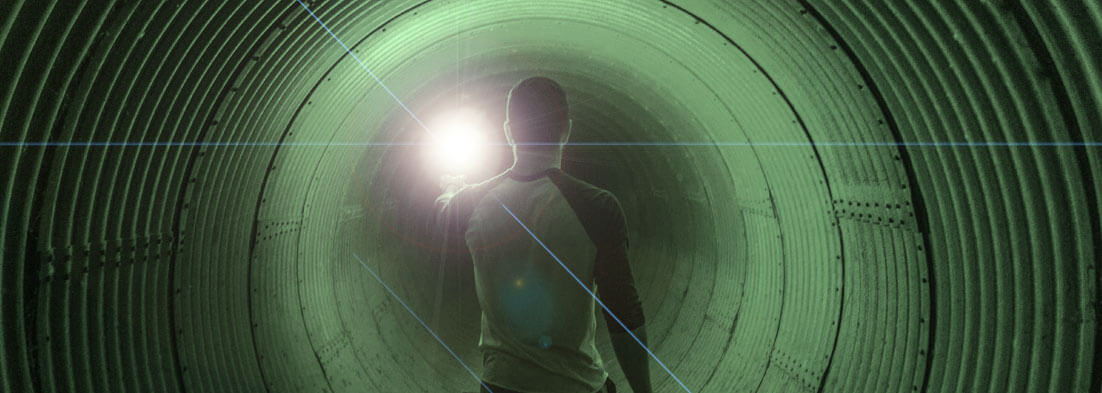
Guide Chapters
Textual analysis in Year 10 is the same as in Year 9, right? Wrong. In Year 10, you need to take a more detailed and specific approach to analysing your English texts. In this article, we are going to tell what changes and how to approach these new challenges so you can ace English!
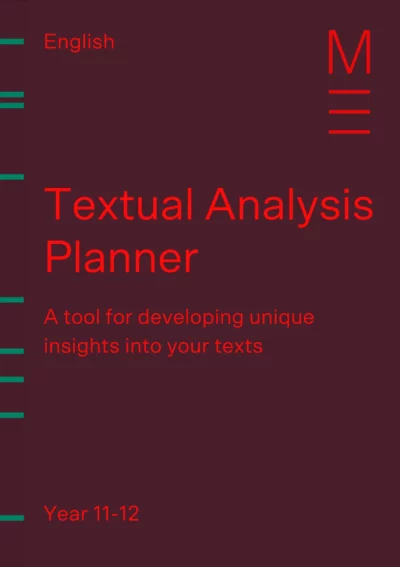
Level up how you analyse texts and take notes with expert strategies and templates!

Fill out your details below to get this resource emailed to you.
"*" indicates required fields
The process of textual analysis doesn’t change. You will still need to do three readings of a text a develop from comprehension to detailed analysis.
The difficulty and complexity of what you are analysing will change.
You will need to tackle more challenging texts and look for techniques, but they will be higher order techniques. You will need to think about how these techniques create meaning, but then relate them to things like genre, context, or values.
Matrix students learn to follow the Matrix MethodTM so they can produce unique and powerful insights into texts.
In this article, we will show you how to develop a comprehensive understanding and set of insights into your text. This article assumes that you have read the Beginner’s Guide to Year 9 English article on textual analysis, if you haven’t, you should take the time to read it, first.
Remember, there are three steps when you analyse a text. Each one involves reading or viewing your text once.
Read the text to see the big picture:

In your second reading:
In your third reading you must:
These new considerations:
Mean that you will need to start doing more independent research around your texts.
You will also need to start keeping notes on things that aren’t necessarily related to the study of just one text.
Conscientious and driven students will start keeping a journal or glossary with definitions and examples of these new considerations.
In Year 10, you will acquire a significant amount of new information that is very important for your study of texts in Years 11 and 12.
Develop your English techniques and skills and boost your confidence with our Year 10 English Courses!
Before we get stuck into how to analyse texts in Year 10, we should outline the new considerations you must incorporate into your analysis.

When we discuss an in-depth understanding, in Year 10 we mean having a detailed knowledge of the text and its production.
This means that you have to start coming to grips with a significant amount of new information:
Form refers to the type of text you are looking at. Structure, in contrast, refers to how the text is organised.
It is important that you start to think about form and structure in greater detail. You need to know the conventions – that is, the accepted practices, methods, and appearances associated with something – of both textual and form so that you can consider how a composer has followed or challenged these conventions.
One aspect of form and structure you should consider is perspective.
Perspective refers to the view of the action presented to an audience in a text.
Perspective is important because it shapes how we view the action. In Year 10, you need to carefully consider the effect of perspective on the action in a text.
For example, first-person narration clearly bias us towards the views of the narrator, but what about third person texts? Can we say they are presented from an objective view?
Texts aren’t produced in a vacuum. Context shape or influence what composers represent and how they represent it.
Composers – writers, poets, artists, filmmakers, dramatists – all live through particular time periods. The key events, values, and attitudes of these periods influence creators.
Sometimes composers like to reinforce and celebrate the values and attitudes of their context, other times they challenge them!
To be able to assess this, you need to have an understanding of the period when a text is produced. In Year 10, you need to develop this knowledge so you have it Stage 6.
For each context, there are a variety of artistic movements that emerge. It is important that you have a broad understanding of these.
Most artists, irrespective of medium of production – are inspired by their peers and forebears or try to challenge them.
Having a basic understanding of the movements from each contextual period will allow you to make judgements about whether the composer of your text is challenging or celebrating that movement.
For example, it’s hard to understand how revolutionary an artist somebody like Billie Eilish is unless you have an understanding of contemporary pop music from the 2010s.
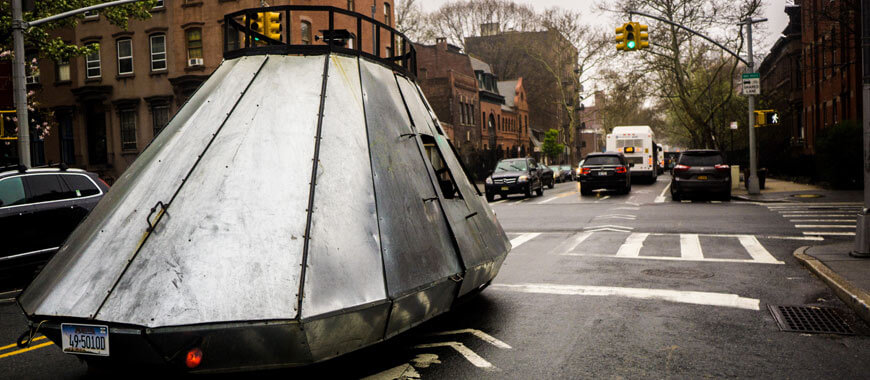
We categorise texts into different genres based upon their content or form and structure.
Genre can be quite complex in that we might distinguish a type of literature, for example, science fiction, as being a particular genre of writing, but we will then categorise poetry as a separate genre. Confusing matters further, there are different genres in poetry, for example, romantic or confessional.
In Year 10, you need to start learning about a variety of different genres. In addition, you need to know about the conventions of the genres. Often texts manipulate or merge different genres to produce something new and engaging.
In your studies of texts, you will need to think about genre and consider how your text conforms to or challenges these structures.
A good example of this is James Mangold’s Wolverine film, Logan. While ostensibly a superhero film, it actually follows the conventions of a 1950s western, specifically an anti-western where the hero is an anti-hero rather than a conventional hero. This was a unique take on a super-hero film.
You’ve already started looking at texts and analysing them for their use of literary, rhetorical, filmic, poetic, and/or, dramatic devices.
In Year 10, you need to start thinking about techniques that function across the entirety of a text, rather than just isolated examples of techniques in particular scenes.
You also need to think about more complex, so-called ‘higher order techniques,’ like parody, irony, and satire that develop meaning in complex ways.
Some of the techniques you need to consider are:
Critical thinking is a cognitive process where you consider various facts in relation to one another to form a judgement about something.
In Year 10, you need to consider your texts and the themes and idea they contain in light of the things we’ve looked at above. Sometimes you may only need to consider how one category of things relate to a text, for example, a text’s genre or form, other times you may need to consider several things, such as the relationship between a text’s meaning, genre, and context.
What we will do now is look at these categories in greater detail and give you a process for analysing them.
Form and structure are important aspects of a text’s construction that get taken for granted. For example, we might read a book and take for granted that it is a novel without thinking about what our expectations of that form are.
We expect a novel to be told from either the first or third person. We expect the narrator to be honest and reliable. We expect it to narrated in either the past or present tense. We don’t expect to find any pictures in it.
However, sometimes texts don’t follow these expectations. For example, Mark Z. Danielewski’s House of Leaves is a bricolage text that mixes text, images, and a variety of different genres to tell an unsettling narrative. This combination creates ambiguity and is something unusual worth discussing.
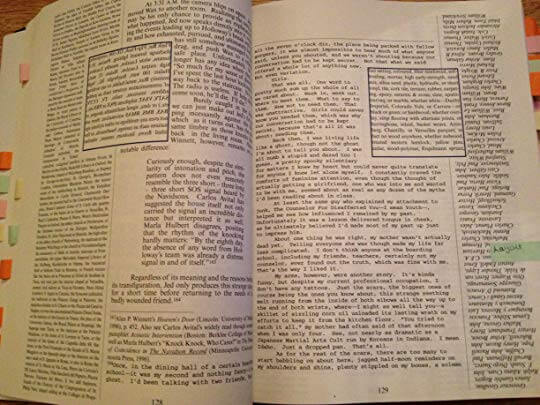
In Year 10, you will need to consider these aspects of the texts you study.
Form and structure are used to present information to audiences in an accessible way. In addition, form and structure create expectations.
For example, the structure of a Shakespearean tragedy usually has 5 acts were the tension rises to a climax somewhere in the third act and then crescendos to a tragic climax over the final two.
Similarly, we expect a narrative to be told from a singular perspective, so when we read Mary Shelley’s Frankenstein we are surprised to be confronted by a narrative told from several different narrators presenting first-person perspectives as letters and diary entries.
To best appreciate the impact of form and structure on meaning, we need to know a wide variety of forms and structures.
First, let’s consider the important forms you should know. remember, form refers to the type of text and its conventions
Written forms:
Visual forms:
Structure:
Each of the forms and structures that we’ve listed above has a particular set of conventions associated with it.
These conventions have developed through usage. For example, the novel wasn’t always as we expect it today. Early novels were often episodic collections of events, such as Boccaccio’s Decameron. Other texts began as serialised publications and were later compiled into novels, the works of Charles Dickens and Leo Tolstoy are examples of this.
Because we know what these conventions are, we have certain expectations around them. When a text breaks these conventions it develops meaning in an unusual way.
Let’s consider Ransom Riggs’ Miss Peregrine’s School for Peculiar Children. It is a Young Adult fantasy novel.
It begins by following a conventional narrative structure but begins incorporating photographs to convey information. These images often stand in opposition to the narrator’s perspective of things, creating ambiguity and, thus, developing tension. When Jacob discoveries the photos the mysterious children and their abilities, he thinks they are doctored, but these are clues for the reader that later become examples of dramatic irony as these characters appear later in the text.
If you wanted to record your findings in a table, you may find the following template useful:
Text title: Momento (2000), Directed by Christopher Nolan
| Convention | Text | Effect | |
| A table for analysing the structure of the film, Momento. | |||
| Form: Film | Linear narrative | Narrative told in a non-linear manner. It begins at the end and tells the preceding events in a jumbled order. | Leonard is characterised as a man suffering from memory loss |
| Perspective | Third person | Narrative told from first person | Narrative is told from Leonard’s perspective. His suspicions become our suspicions. We trust him as a narrator, allowing us to be surprised when we learn that he is not reliable. |
| Characterisation | Trustworthy narrator | narrators are usually honest and reliable | Leonard has a flawed memory and is only showing us things he wants us to know. |
Once you have considered form and structure, you need to think about genre.
Genre is a way to categorise according to their content, form, or structure.
Genre is important because it helps us categorise texts and have an understanding of what the content or structure of a text will be.
Genres come with sets of expectations are that are generated by the conventions they use.
A typical example of a genre convention is opening doors in scary films. Because scary films have a long-standing convention of characters opening doors with dramatic consequences, usually signified by a jump scare (a frightening moment in a text created by something sudden and unexpected happening). Contemporary films are aware that audiences are sued to this convention and drag them out.
In the recent Andy Muscetti adaptation of IT (2018), the director often protracts the jump scares by having characters open numerous doors and other objects forcing the audience to wait tensely for the scare to occur. In some scenes, the scare doesn’t happen, leaving the viewer with an increased sense of dread that is heightened the next time a door is opened.
The detective genre traditionally presents sleuths as heroic figures who save the day and solve the mystery. However, Raymond Chandler’sThe Big Sleep included imagery of chivalry and knights from the romance tales of the middle ages (those about King Arthur and Sir Lancelot) while presenting a hero who was not particularly chivalrous or polite. Chandler’s anti-hero Phillip Marlowe defied convention and redefined the genre of crime fiction.
Texts often combine genres or take them out of one setting and place them into another. For example, Akira Kurosawa took the conventions of the American Western in Yojimbo and The Seven Samurai and moved the action to feudal Japan, creating the genre of the samurai film. Sam Peckinpah then took Kurosawa’s genre and brought it back to America with the subversive The Wild Bunch which recast cowboys as figures of violence and not heroism.
In your study of texts, you need to consider the genre of the text you are studying and how it keeps to or challenges the genre or genres it fits into.
To understand how a text employs genre to develop meaning, you will need to know a variety of genres and their conventions. We’ve compiled a list of common genres and links to help you learn more about them and their conventions.
Fiction (text and screen):
Poetry:
Non-fiction:
While we’ve considered how fiction genres can be blurred or merged, non-fiction and poetic genres can also be incorporated into fiction works. Brett Easton Ellis’ American Psycho incorporates faux persuasive essays and music reviews as part of its narrative. Similarly, Douglas Adam’s The Hitchhiker’s Guide to the Galaxy includes conventional reviews and informative essays that you find in travel writing, only they are about fictional inter-galactic places.
Now you know what genre is, what the common genres are, and why they are important to know, let’s look at a simple step-by-step way of considering the effect of genre on your text’s genre.
| Text | Genre and convention | Use in text | Effect |
| The Hitchhiker’s Guide to the Galaxy, Douglas Adams | Science fiction: Narratives set in far-flung locations or including futuristic technology. The genre is often used to pose philosophical questions Travel writing: Reviews and accounts of visiting locations with the aim of convincing others to visit, or not visit, those places. | Adams blends travel writing and science fiction in his account of Arthur Dent’s journey around the galaxy. The text includes reviews and travel hints about the locations he visits. | Humour and irony. The appropriation of travel writing is used to create humorous observations about human nature, such as our ability to over-estimate our own importance as a species. |
| Table: Analysis of genre in The Hitchhiker’s Guide to the Galaxy | |||
Context refers to circumstances that surround the composition of a text and the life of its composer.
Context is a very broad concept. The context of a text can include:
Context can be both internal and external to a text. For example, the history plays of Shakespeare have an internal context – that of the period they depict – and the external context of the Elizabethan period that shaped Shakespeare’s life. When you analyse the context of a play like Henry IV part 1, you need to understand both contexts so that you can see how Shakespeare has taken the values of his time and inserted them into the 15th century to create meaning in his play.
When we discuss context, we often start speaking about the values and attitudes of the period without realising it.
Values are the moral, cultural, political, and religious beliefs that a society or community hold in general. Values are not static, they can shift rapidly and dramatically over time.
Attitudes are individuals’ views towards a society’s values. Some people celebrate the values of their society, others challenge them. For example, if a society has strong or extreme religious beliefs that shape laws, individuals may have attitudes that are negative towards these laws as they feel a secular society would be better or fairer.
There is a constant interplay between values and attitudes.
When you think about a text’s context, you need to start thinking about the values of the period it was composed in and comparing them to the values and attitudes expressed within the text.
First, you need to know about some key contexts and artistic and intellectual movements. Let’s begin with key contexts.
Here are the contexts you must learn about. You don’t need to know the specific details of each, but you should have an idea of the key figures and events.
Contexts you need to know:
There are many other contexts that you may need to study and research. Learning how to research the above contexts on your own, will prepare you for learning about other periods
Now, let’s look at some important intellectual and artistic movements.
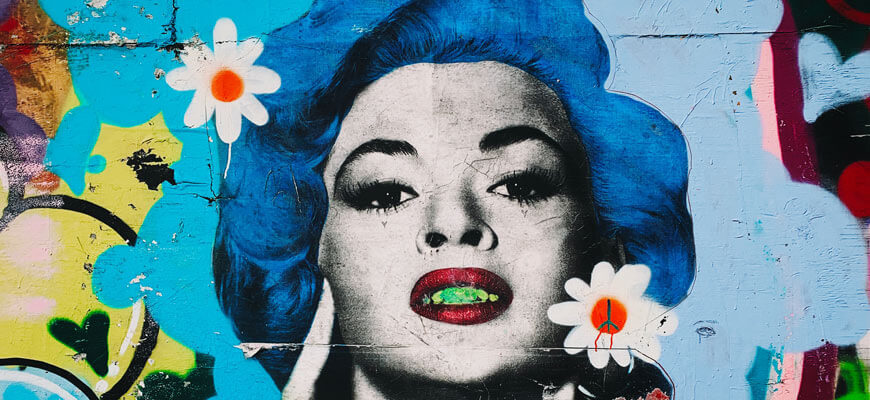
To get a sense of what artists were attempting to or what they were responding to, you should have a rough knowledge of:
In Year 10, you will need to identify and discuss higher order literary techniques. These are techniques that are developed throughout the whole of a piece of work. In addition, these techniques aren’t just limited to written texts.
Is a device that holds an individual or society’s vices, stupidity, stubbornness up for ridicule. Satire is aimed at provoking change by signalling the failures of a particular behaviour.
Satire is usually contextually relevant. Most satirists take aim at the behaviours or values of the specific period or place they live in.
This means that as a student, you need to understand and be able to explain the following questions:
Satire is an old genre that was an integral part of Ancient Greek society. Most civilisations have a history of satirising their governments or leaders, legally or illegally. Sometimes satirists are celebrated, other times they are egregiously punished.
Famous examples of satire include Joseph Heller’s Catch-22, Jonathon Swift’s essay “A modest proposal” (1729) and novel Gulliver’s Travels (1726), George Orwell’s Animal Farm (1945), the TV shows Southpark and The Simpsons, and contemporary comedians like Dave Chappelle and Sarah Silverman.
Extended metaphor and analogy are ways of representing complex ideas to an audience.
An analogy is a comparison between two objects that shows similarities between things.
An extended metaphor is an extended comparison between two objects where one is object is represented as being another object. For example, in the statement “life is a journey,” life is presented as being the same as a journey. To make that an extended metaphor, we would represent moments in that journey as life events. Leaving the house would might be being born while reaching the destination may be approaching death.
Complex and challenging texts employ complex metaphors, extended metaphors, and analogies to convey ideas to readers.
You can read more about metaphor in our blog article.
Symbolism is a technique where objects, colours, and other aspects of a text are used to represent one or more concepts and ideas. Symbolism is a very old and very important technique.
Much of the literature you encounter in Year 10 and then Years 11 and 12 will employ symbolism is complex and sometimes abstract forms. Learning how to discuss it in Year 10 will prepare you for these later challenges.
If you would like to learn more about symbolism, you should read our article on symbolism.
Connotation is the feeling or idea that is conjured or evoked by a word. Connotation changes with usage and is often in flux.
Connotation is an important technique for creating complex meaning in texts.
For example, in Australian vernacular English, we often use the word “dog” with negative connotations. If we were to say, “They’re being dogs!” we would be connoting that they were behaving in an underhanded manner. So while this is a metaphor, it is a metaphor that negative connotations.
Irony is a complex technique where there is a gap between what is being said and what is being meant. This means that irony can be relatively straightforward verbal irony, where a character says something sarcastic, or more complex where a situation or setting is developed where the character’s behaviour or expectations.
There are 4 types of irony:
Irony is a feature of many texts, especially those texts labelled as “Postmodern.”
To learn more about irony, read our detailed literary technique post.
Imagery is a technique where complex sensory experiences are created with words.
Imagery comes in five types corresponding to the senses:
Imagery may seem like a simple technique, but it can be consistently used throughout a text to develop irony, satire, symbolism, or connotation. It is very important that you are able to identify it and discuss how it creates meaning in a text.
if you want to learn more about imagery, read our detailed literary technique post
A big part of preparing for Years 11 and 12 is developing your critical thinking skills.
Critical thinking is the process where we bring together the information we know about a subject and consider it to form a judgement or opinion about things.
Critical thinking for English requires two things:
Once you have these, you need to combine them in your thinking.
One of the questions you must address in your analysis of texts is the composer’s purpose and intended audience. This is a good place to start with your critical thinking about a text.
To begin the process of critical thinking, ask yourself the following questions:
Bringing together these different ideas is called synthesising. This is a crucial skill for Advanced English. So, when you ask yourself these questions, make notes!
There is no such thing as too many notes when it comes to developing your understanding.
You can go back and streamline your notes once you have clarified and strengthened your ideas.
What you need to do once you have your interpretation of a text is to think about supporting it. To do this, you will need to start incorporating evidence from the text and developing a set of notes.
In our next article, that is what we will start doing.
From our next article, we are going to start applying these practices to texts. Over the next set of articles, we will show you how to analyse
with the kind of insight, complexity, and sophistication that Year 10 demands.
© Matrix Education and www.matrix.edu.au, 2023. Unauthorised use and/or duplication of this material without express and written permission from this site’s author and/or owner is strictly prohibited. Excerpts and links may be used, provided that full and clear credit is given to Matrix Education and www.matrix.edu.au with appropriate and specific direction to the original content.